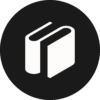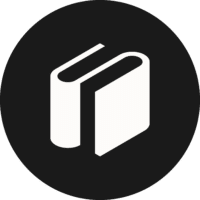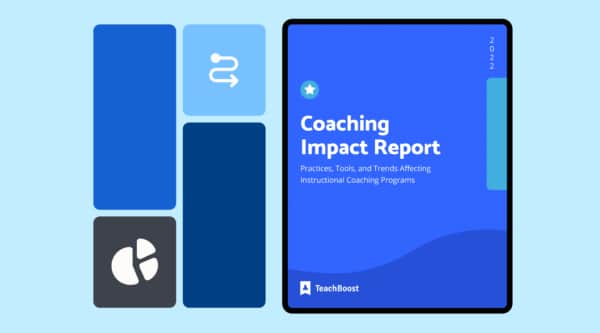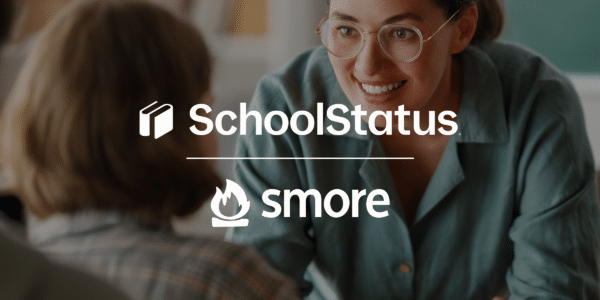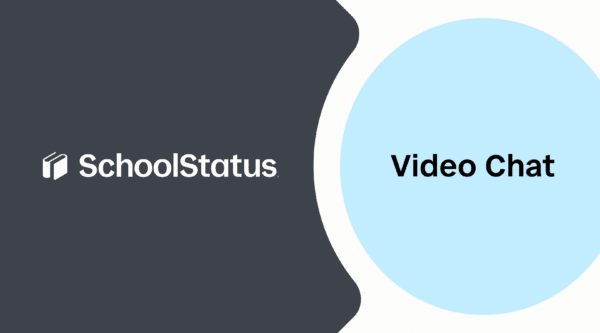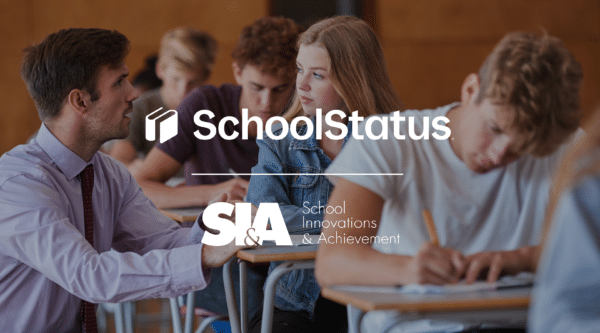
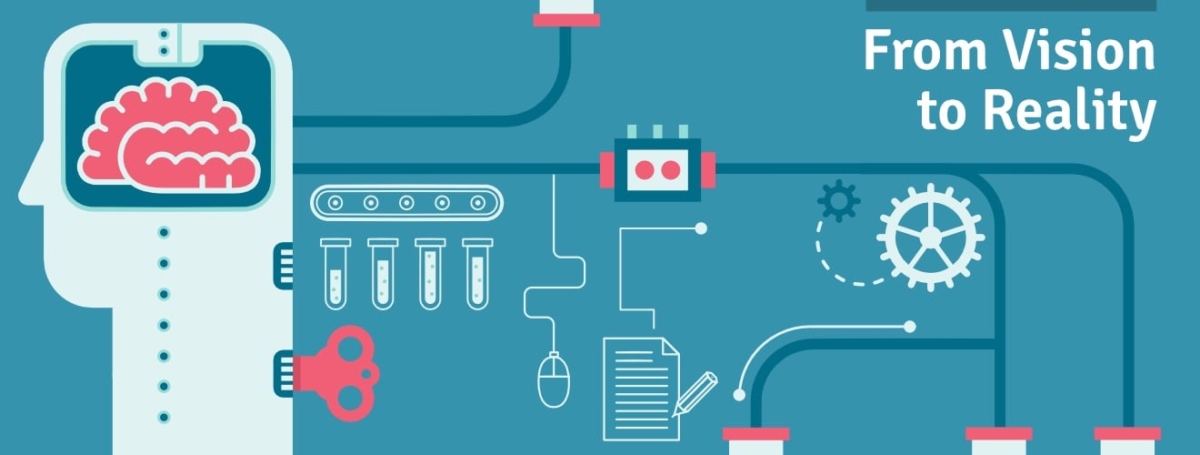
This post is part of TeachBoost’s series called “From Vision to Reality: Pulling the Right Levers for Transformational Instructional Leadership.” Check out all the posts in our series, then subscribe to our blog to have posts delivered to your inbox as we publish new pieces.
{{cta(‘417de94b-2f71-4123-a807-1f4438f581c5′,’justifycenter’)}}
Like anything worth while, it takes time to implement a new instructional leadership program—so organizing the process from the outset around a common vision to maximize time management and productivity is essential. A system which is designed for usability and the provision of a centralized, go-to location for all aspects of your program will ultimately promote stakeholder buy-in and compliance; technology can provide the backbone of your plan of action.
Manage Your Time
It is commonly acknowledged that time management is problematic for all educators. However, technology apps, such as TeachBoost, offer evaluation and data platforms interlinked with time management solutions—a synthesis that will give your school leaders the assistance they need with forward planning and goal achievement.
“It’s not enough to
tell yourself you want to visit 4 classrooms today. You have to
plan for it”, says Justin Baeder from the Leadership Center. “We don’t always accomplish everything we schedule… but we rarely accomplish anything we intend to do without setting aside time.”
Using an built-in calendaring system will allow you to schedule walk-throughs, meetings, and more while setting dated goals and actionable next steps—all of which can then be exported. As such, you and your school leaders can hold yourselves accountable to your immediate tasks and will have a record of your achievement so far.
Review Your Procedures
Taking a long, hard look at your current processes and evaluating them for efficiency, usefulness, and adaptability may be a daunting prospect, but one which should be viewed as a real investment in your program.
“It’s very difficult to take a ‘paper’ evaluation and stick it into an electronic tool”, says Sabrina La Londe, Director of Human Resources at Estacada Schools. “Innovate:
rethink what you’re doing, your processes, and make a determination about whether it really works. Use technology adoption as an excuse to rethink your system,
decide what works and what doesn’t.”
To utilize technology to its fullest here, different types of documentation may even be linked together, generating a more interconnected process. Laura Vilines, Chief Academic Officer at STEM Preparatory Academy in Tennessee, created fully-linked cycles to ensure comprehensive feedback for their teachers.
“Lesson plans are submitted weekly
via TeachBoost”, Vilines says. “The coach is then using a form to give feedback on the planning document… then an observation the following week is on that lesson plan”. Such custom cycles can be aligned to the existing habits and time constraints in your school environment. Vilines adds, “the thing I love the most is that we’ve built all of these things as cycles in TeachBoost
—feedback, planning and observation are all coupled together”.
Centralize Your Documents
One fundamental way you can streamline your instructional leadership program is utilizing technology to gather all documentation and notes in a single, centralized location. Calendaring and forms can be housed in TeachBoost, as above, but there is potential for a multitude of layers in addition to these with: teacher-coach communication, delivery of resources, goal-setting and action plans, plus more! Technology provides a logistical win for all stakeholders by creating a paperless one-stop shop.
“Homemade was not going to cut it”, recalls Vanessa Garza, on setting up an independent peer-leadership/coaching program at Partnership for LA Schools. “It was too cumbersome to deal with spreadsheets, databases, etc. and our Peer Observers felt bogged down with the busywork.” Now everything is managed through TeachBoost, with all evidence collection, observations and feedback given on the same platform.
This same sentiment is echoed across many of the educators we work with; there is a genuine, pressing need for centralizing the work. “No more managing things living in different worlds,” remarks Vilines. All of STEM Preparatory Academy’s observations, weekly coaching meetings, targets and data reports are now fully integrated into a single platform ensuring a fully streamlined process for all stakeholders, from the analysis of school-wide data to the reception of individualized feedback.
Follow-up Activity!
Take 20 minutes to rethink one of your current observation templates on paper or on screen, to questioning: what works, what could be changed, and how you can make the best use of technology to streamline your processes.
Below are a few questions to get you started:
- How much time do you and your school leaders have to devote to each observation, and how can this template be simplified?
- Which specific questions do you need answering when your observers visit their teachers? i.e. Is this a general chronological observation or should it be prompting observers to focus on particular areas of instruction?
- What high-level data would be most useful for you when tracking school- or district-wide trends in instructional leadership? How can you ensure the collection of this data during observations?
Stay Connected
News, articles, and tips for meeting your district's goals - delivered to your inbox.


